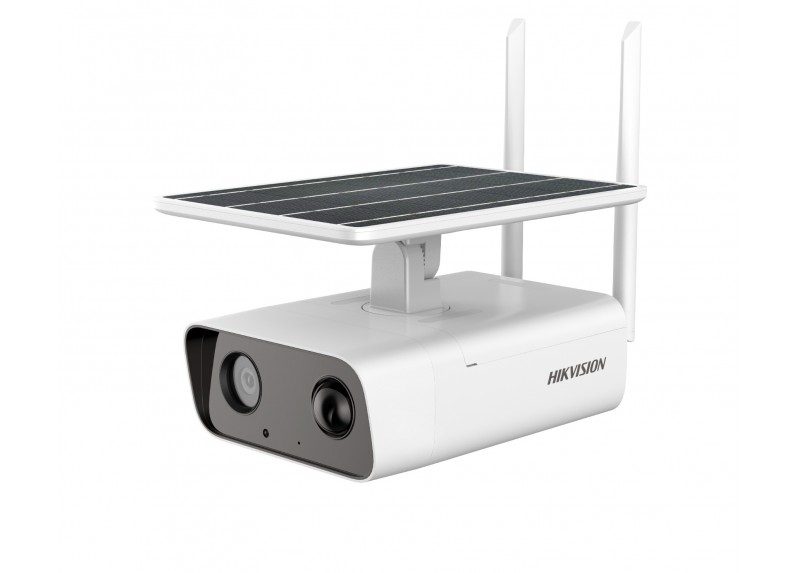How Technology Enhances Traditional Fishing Experiences #34
1. Introduction: The Evolution of Fishing – From Tradition to Technology
Fishing is one of humanity’s oldest pursuits, deeply rooted in cultural traditions and subsistence practices across civilizations. Traditional methods such as hand lines, nets, and spearfishing have not only sustained communities but also shaped cultural identities and local economies. These methods often involve intricate knowledge passed down through generations, emphasizing harmony with aquatic ecosystems.
In recent decades, technological innovations have dramatically transformed the fishing industry. From sophisticated sonar systems to GPS navigation, technology offers new tools that enhance efficiency and sustainability. While some skeptics worry about the potential erosion of traditional skills, many experts see technology as a means to complement and preserve fishing heritage, making it safer, more sustainable, and accessible.
This article explores how modern technology intersects with traditional fishing practices, highlighting practical examples and scientific insights that demonstrate the benefits of this synergy.
Contents
- The Role of Technology in Modernizing Fishing Practices
- Key Technological Innovations in Fishing
- Case Study: Deep-Sea Exploration with Advanced Submarines
- Enhancing the Traditional Experience
- Understanding Wildlife Behavior
- Socioeconomic Impact
- Ethical and Environmental Considerations
- Future Trends in Fishing Technology
- Conclusion
2. The Role of Technology in Modernizing Fishing Practices
Over centuries, manual fishing techniques relied heavily on skill, patience, and local ecological knowledge. Today, digital tools have revolutionized these practices. Electronic fish-finding devices, GPS navigation, and data analytics have shifted fishing from a purely manual endeavor to a high-tech operation.
The primary benefits of integrating technology include:
- Efficiency: Faster location of fish schools reduces time and fuel consumption.
- Safety: GPS and communication devices improve navigation and emergency response.
- Sustainability: Better data collection helps regulate fish stocks and prevent overfishing.
Contrary to fears that technology replaces traditional skills, most experts argue it enhances fishermen’s capabilities. For example, experienced anglers still rely on their knowledge of water behavior, but now they use sonar to confirm their observations, creating a synergy between age-old wisdom and modern science.
3. Key Technological Innovations in Fishing
a. Sonar and Fish-Finding Devices
Sonar technology emits sound waves to detect underwater objects, allowing fishermen to locate fish schools with remarkable accuracy. This method has become a staple in commercial and recreational fishing, drastically increasing catch efficiency.
b. GPS and Navigation Systems
Global Positioning System (GPS) devices enable precise navigation, route planning, and location marking. This technology reduces the risk of getting lost and ensures optimal routes, especially in unfamiliar waters, aligning with traditional navigation skills.
c. Underwater Drones and Submersibles
Unmanned underwater drones now explore depths unreachable by humans, providing real-time video feeds and environmental data. These tools are invaluable for scientific research and deep-sea fishing ventures, opening new frontiers for traditional exploration.
d. Data Analytics and AI in Fisheries Management
Artificial intelligence analyzes vast datasets to predict fish migration patterns and stock levels. This application supports sustainable quotas and minimizes ecological impact, exemplifying the positive role of technology in conservation efforts.
4. Case Study: Deep-Sea Exploration with Advanced Submarines
Modern submarine technologies now enable exploration up to 2,000 meters below the ocean surface. These vessels, equipped with high-resolution sonar, robotic arms, and life-support systems, allow researchers and fishermen to access previously unreachable habitats.
Such deep-sea capabilities are not only vital for scientific discovery but also for sustainable fishing practices. For instance, understanding deep-sea ecosystems helps prevent destructive overfishing and habitat disruption. Commercial operators use these submarines to locate rare species or assess fish stocks, blending traditional fishing with cutting-edge science.
Examples include:
- Research institutions studying abyssal ecosystems to inform conservation policies.
- Commercial fishing companies optimizing catch locations while minimizing environmental impact.
5. Enhancing the Traditional Experience: From Boats to Virtual Reality
Modern fishing vessels often incorporate smart technology, such as integrated sensors, digital mapping, and real-time environmental monitoring, transforming traditional boats into mobile research stations. These innovations improve catch rates and safety for crew members.
In addition, virtual reality (VR) is creating immersive experiences that simulate remote fishing locations, allowing enthusiasts to learn and enjoy fishing virtually. Such applications preserve the cultural aspect of fishing while leveraging technology to expand engagement.
A noteworthy example is fishin frenzy uk, which exemplifies a modern entertainment form that combines traditional fishing themes with digital gaming, illustrating how technology can revive interest in heritage sports.
6. The Intersection of Nature and Technology: Understanding Wildlife Behavior
Technological tools such as acoustic monitoring and high-resolution cameras help scientists and fishermen understand aquatic animal behaviors, promoting respectful and sustainable practices. For instance, tracking pelicans with large wingspans (up to 11.5 feet) reveals their feeding patterns, which often coincide with fish schools, aiding in eco-friendly fishing.
These insights foster a deeper respect for ecosystems, emphasizing the importance of balancing human activity with natural rhythms. Understanding species behavior through technology supports conservation efforts and responsible fishing practices.
7. The Socioeconomic Impact of Technological Advancements in Fishing
The adoption of advanced technology has shifted employment in the fishing sector. Roles now include operating sophisticated vessels, managing data analytics, and conducting environmental assessments. According to the Food and Agriculture Organization (FAO), over 38 million people worldwide depend directly on fishing for their livelihood.
While technology creates new opportunities, it also presents challenges for small-scale fishermen who may lack access to expensive equipment. Ensuring equitable distribution of technological benefits remains a key concern, requiring policies that support traditional communities in adapting to innovation.
8. Ethical and Environmental Considerations of Technology Use in Fishing
The proliferation of fishing technology necessitates responsible practices. Overfishing remains a significant risk, especially with high-efficiency tools that can deplete stocks rapidly.
Technological advances such as satellite monitoring and automated enforcement help regulate fishing activities and protect habitats. Implementing sustainable quotas based on scientific data ensures that technological progress aligns with conservation goals.
«Technology, when used responsibly, becomes a vital tool to preserve the delicate balance of our aquatic ecosystems while supporting the livelihoods of fishermen.»
9. Future Trends: The Next Frontier of Fishing Technology
Emerging innovations promise to further revolutionize fishing. Autonomous vessels equipped with AI decision-making systems can operate independently, optimizing routes and catch strategies without human intervention.
The integration of Internet of Things (IoT) devices allows real-time environmental monitoring, providing data on water quality, temperature, and fish movements. Augmented reality (AR) applications may soon enable anglers to visualize underwater environments on their smartphones or AR glasses, blending traditional angling with immersive technology.
10. Conclusion: Embracing a Synergy of Tradition and Innovation
Throughout history, fishing has been a vital activity intertwined with culture and livelihoods. Today, technology offers tools that enhance this tradition, making it safer, more sustainable, and more engaging. By integrating modern innovations thoughtfully, fishermen can preserve heritage while adapting to ecological and economic challenges.
Responsible adoption of new tools, supported by scientific research and ethical considerations, will shape the future of fishing into a harmonious blend of heritage and innovation. As we embrace these advancements, let us remember that technology should serve as a complement—rather than a replacement—for the timeless skills that connect us to nature and our communities.






